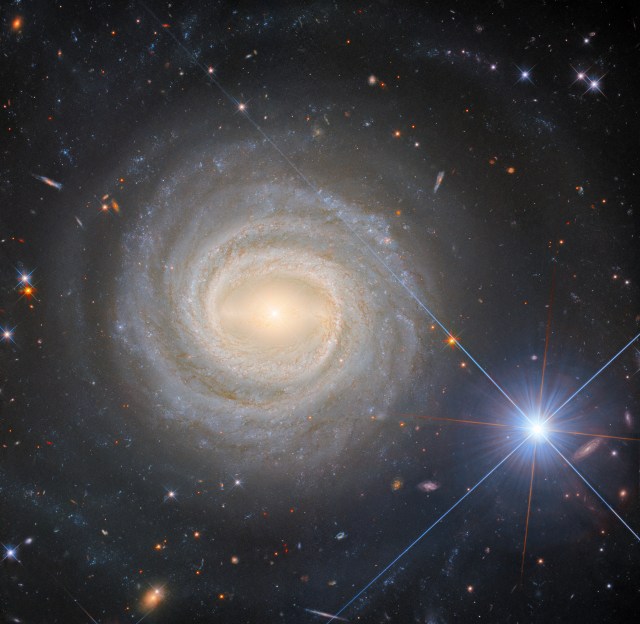NASA/ESA’s Hubble Space Telescope captured a stunning image of NGC 3783, a barred spiral galaxy located approximately 130 million light-years away from Earth. This galaxy is part of the NGC 3783 galaxy group, which is a collection of gravitationally bound galaxies that share the same name. Galaxy groups, like galaxy clusters, are formations of galaxies, but they are smaller and less massive. While galaxy clusters can contain hundreds or even thousands of galaxies, galaxy groups typically have fewer than 50 members.
Galaxy groups are an important subject for astronomers because they provide insights into the evolution and formation of galaxies. In particular, studying the properties and dynamics of these smaller formations can help us understand how larger structures like galaxy clusters develop over time. The Milky Way, our own home galaxy, is part of a galaxy group called the Local Group, which includes two other large galaxies – Andromeda and the Triangulum galaxy – as well as several satellite and dwarf galaxies.
The NGC 3783 galaxy group consists of 47 galaxies and appears to be in an early stage of evolution. This makes it a particularly fascinating subject for further study because we can observe how these galaxies interact with one another over time and see how their properties change as they continue to grow and develop. Ultimately, studying these smaller formations can help us better understand our own place in the universe and gain insights into how galaxies evolve over time.


